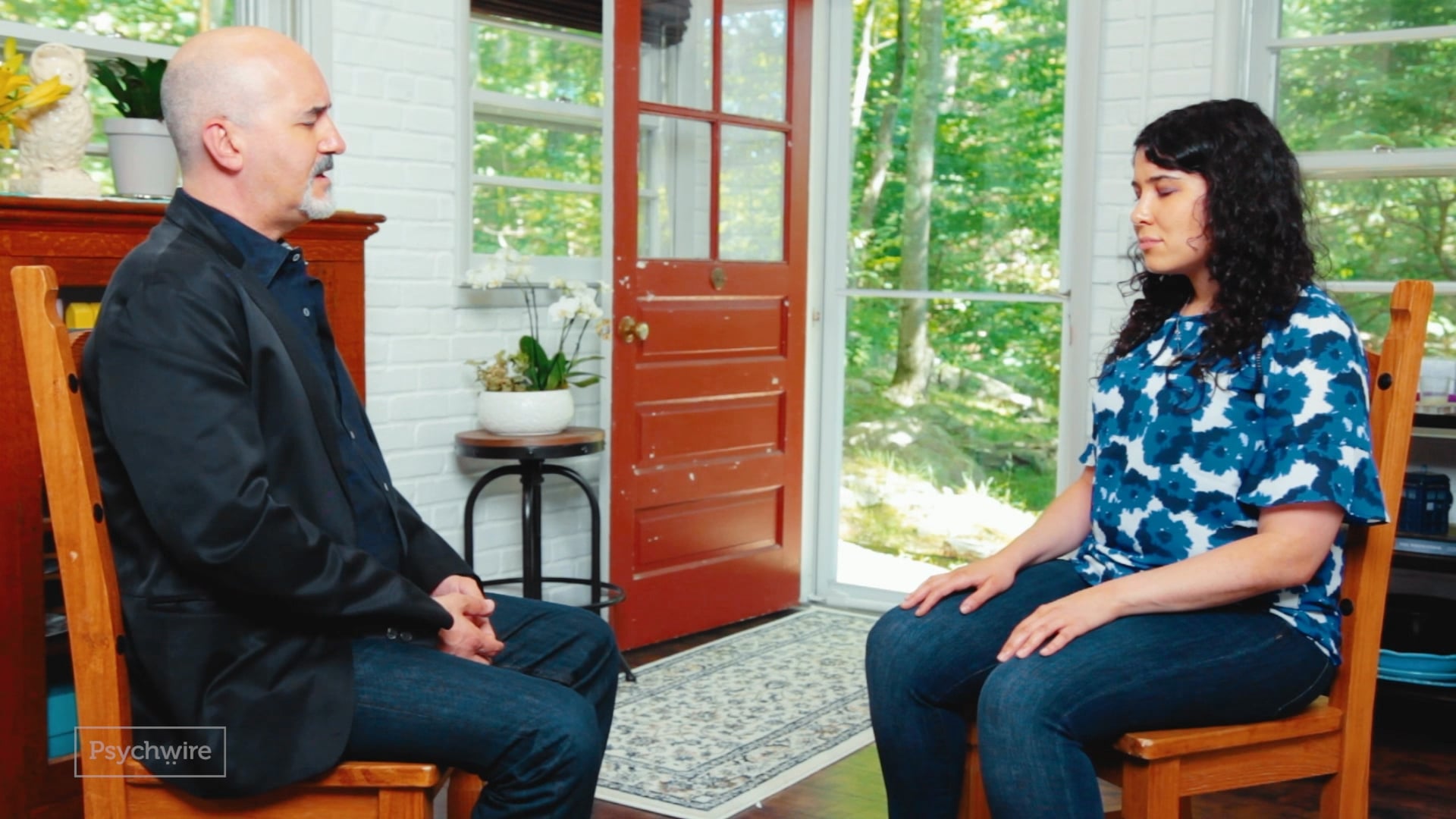
Introducing Compassionate Self
 Compassion Focused Therapy
Compassion Focused TherapySo there's one other emotional self we wanna deal with. Right? And and you know that we've been doing this compassionate imagery work and we've been building up your capacity to hold yourself with compassion. So we're gonna do you're already getting ready in mindfulness posture. Right? Super cool. So let's take a moment. Just allow yourself to rest in this moment, allow your eyes to close, we're going to encounter this compassion itself, so we're going right to the compassion itself.
So we'll feel our feet on the ground, our sit bones in the chair, then bring part of your attention up to the top of your head and everything in between all the thoughts, all the images, physical sensations. And as you breathe in, it's as if you're breathing the presence of life, breathing compassion awareness into the body. And as you breathe out, just releasing and letting go. And so breathing in, knowing that you're breathing in and breathing out and knowing that you're breathing out. And we're going to bring to mind a time when you were with someone you really cared for, someone you loved, and you wouldn't judge.
You'd never judge. Someone that you wanted to protect and look after, like a child or a niece, nephew, or maybe another relative, a friend who you really had their back. You really you really looked out for them. And allow yourself to have a smile on your face, to imagine the feeling of compassion and kindness that would flow out from you to this person. Just resting in that for a moment. And we'll remember the qualities that this compassionate self has. This compassionate self is very wise and it sees the big picture.
Compassionate self is also very strong. It's willing to face difficult feelings on your behalf, And your compassionate self is entirely committed to being caring, committed to your well-being. And when you're ready, exhaling, then you can just let go of this entire little exercise, little visualization. We'll come back together in our discussion.